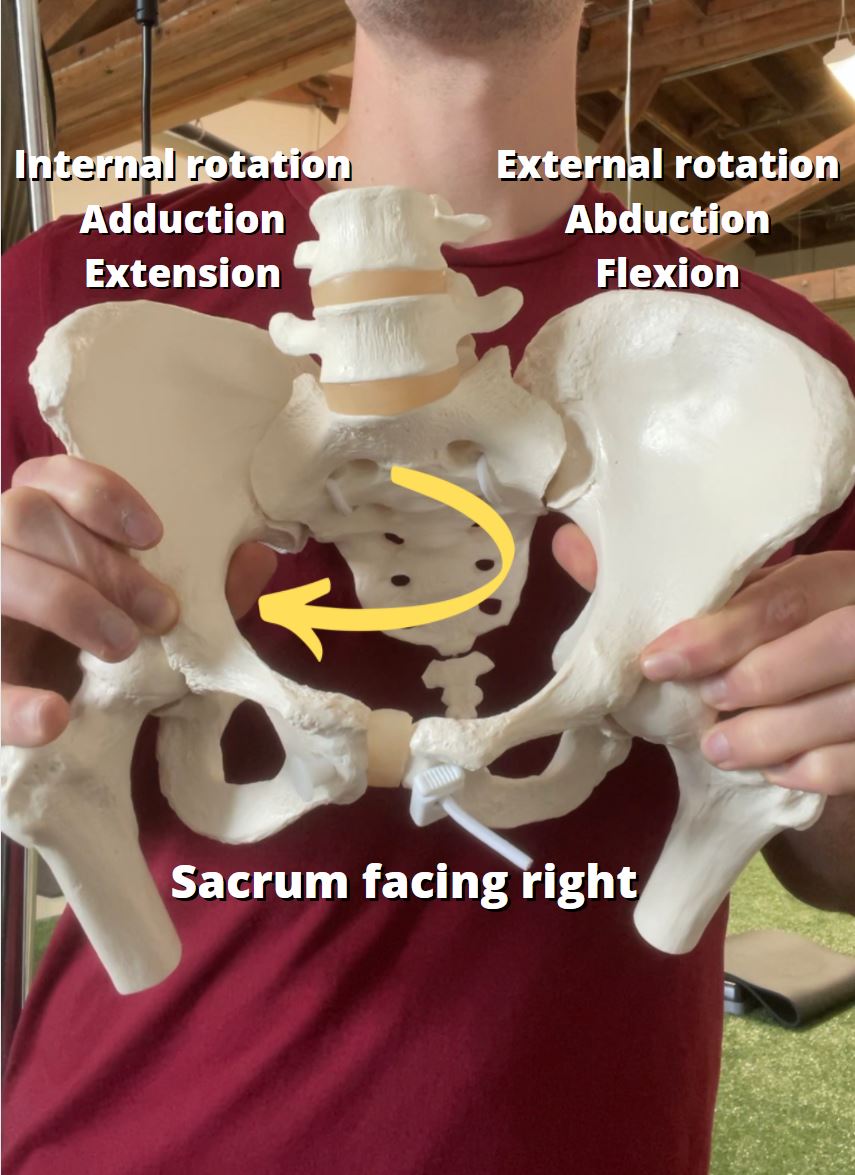How to Fix Your Left AIC Pattern - A Guide to Asymmetrical Posture & Movement
Oct 12, 2021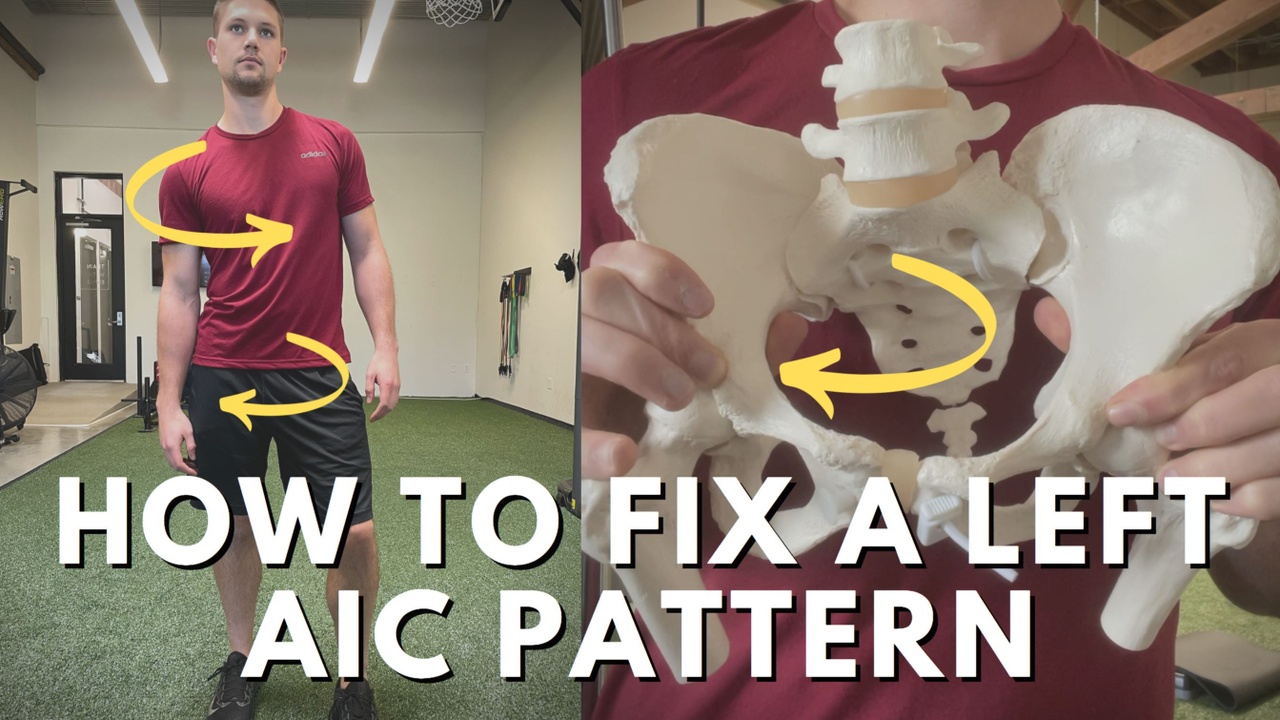
The Left AIC is a termed established and founded by Postural Restoration Institute that has gained a lot of popularity over the last few years. It effectively explains how humans are naturally asymmetrical and how that matters for, well, everyone.
If you'd rather watch than read, see the video below:
If you would like an even quicker recap, check out this explanation of the Left AIC Pattern in 3 minutes:
What it ultimately comes down to is that we favor our right sides and our asymmetrical nature puts us in this position (yes, even if you are left-handed).
This is completely normal and not a problem at all, but what matters is that this asymmetry can be exasperated by poor breathing, postural integrity, and lifestyle habits like sitting too long.
Why We Start In A Left AIC
For one, our organs are not symmetrical:
- Our right lung is bigger than our left
- Our liver is a large organ which sits predominantly on the right side
- Our diaphragm, a main muscle of inhalation, is larger on the right
This is important because the body is primarily concerned with survival. In order to survive, our body naturally orients to bringing air in the easiest and most energy-efficient way possible.
There is some research on this as well:
- This study found that there is a normal rightward orientation of the human spine
- This study found that there is a normal right side-bend in the human spine
To keep things simple:
If we are leaning on our right side, our right ribs are going to be oriented down and won’t open as easily as our left. Therefore, our body will orient in a position that’s most efficient to bring in air, with the left chest wall open:

The left side is opened up via pelvic orientation to the right and our trunks (relatively) to the left so we can really breathe into our left chest.
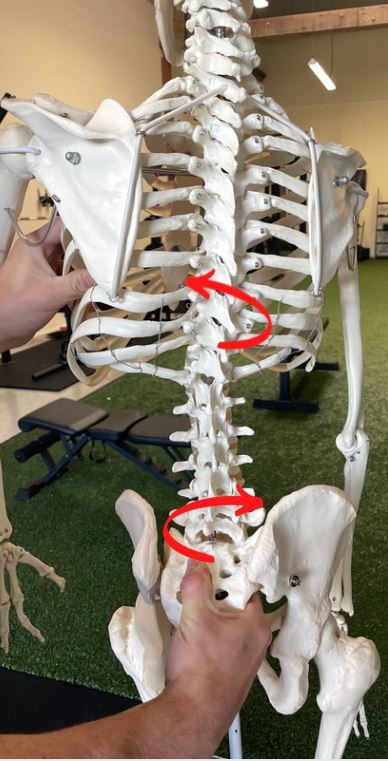
Essentially, your body will take the path of least resistance to bring in air, which makes sense given it is quite literally the most important thing a human needs.
The result is a right side that is biased towards:
- Internal Rotation
- Adduction
- Extension
And a left side that is biased towards:
- External Rotation
- Abduction
- Flexion
Brain Asymmetry
In addition, our brains are not symmetrical, but it runs deeper than most people think. Research suggests that the left hemisphere, which controls the right side of the body, is dominant in motor planning. This helps explain why most people are right-hand dominant.
The net effect is a bias towards the right side, which usually presents as a tendency to shift our weight onto our right leg when standing and our right ischial tuberosity (“sit-bone”) when sitting.
If you’re sitting right now, try to feel your left and right sit bones. If you feel your right more than your left, you probably have this pattern in some shape or form.
If you still don’t believe me, stand up, put your right foot behind your left, and then put as much weight on your right heel as you can. Then, keep your pelvis turned to the right and try to rotate your trunk to the left just like the above picture. Now, reverse it and try the same thing with your left foot back.
I have a very detailed, free webinar here if you are interested learning more about these PRI concepts:
How To Tell If You're A Left AIC
I use four main assessments to determine if someone is a Left AIC.
Ober's Test
The first one is a two-person test, but unless you have someone who can perform this test on you, it's probably not that helpful for the average person reading this. But I would like to show it because it is the classic PRI test that gives insight into asymmetry.
This test measures internal rotation, adduction, and extension of the pelvis. We would expect the right side to be better at this than the left, as I mentioned above, the right side has more access to these joint actions.
Hip Flexion
This assesses external rotation of the pelvis and leg. The goal is about 120 degrees, but we would expect the left side to be better than the right:
Straight Leg Raise
This assesses more internal rotation. The goal is about 90 degrees, but we would expect the right side to be better than the left:
Shoulder Flexion
This is an upper-body test that assesses how well your scapula can glide on the back ribcage. Because the left side of the pelvis is more forward than the right, this causes more "compression" (tightness) on the back ribcage. Under normal circumstances, the further forward your pelvis is, the less shoulder flexion you'll likely have.
This is why the left side is more limited than the right:
If you feel like you don't fit most of these expected assessment results, see my content here on what to do if you don't fit the Left AIC pattern.
There is also an additional layer of compensation from this pattern which is referred to as the PEC Pattern that you can learn about here.
Exercises To Fix A Left AIC
If you find that three or all four of these assessments line up with the expected outcomes, then you are very likely in a degree of a Left AIC pattern. This means that you will very likely benefit from the exercises below. However, we can't assume that everyone is a Left AIC, as individual differences exist. This is simply a lens to appreciate how humans are built.
The goal of the right side in restoring a Left AIC pattern: Restore external rotation, abduction, and flexion via muscles that help accomplish that:
- Glute max (external rotation + flexion)
- Obturator Internus (external rotation)
- Posterior glute medius (abduction)
- Also, chest wall expansion to help pull the right shoulder back
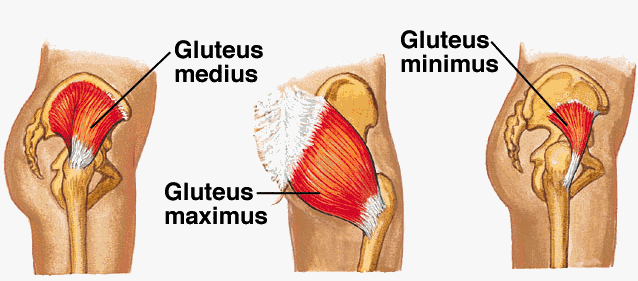
The goal of the left side in restoring a Left AIC pattern: Restore internal rotation, adduction, and extension via muscles that help accomplish that:
- Hamstrings (pulling pelvis back + internal rotation)
- Obliques/Transverse Abdominis (pulling pelvis back + internal rotation)
- Adductors (internal rotation + adduction)
- Anterior gluteus medius (internal rotation)
- Also, expanding the back ribs with air to help decompress that area
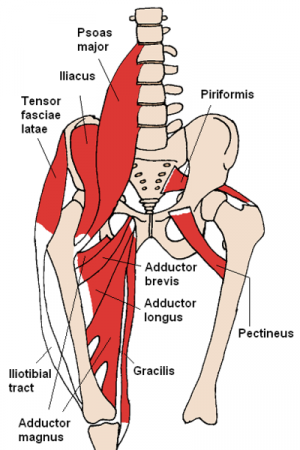

Try these drills and be sure to re-test your assessment results.
Please remember: Execution is everything for these drills. If you do not have proper form, or just go through the motions without the right intent or feeling the right things, you won't get nearly as much benefit from these. The reason these exercises are so effective is because they are respecting so many different aspects of systems of the brain, skeleton, and muscles. My best advice would be to watch the video, then open it on your phone and listen to the audio and walk through it as I take you through the steps.
If you're looking for a deeper dive on these concepts, check out my Beginner Biomechanics Course.
PRI 90/90 Supported Alternating Crossover: Left Foot on Wall
Technique used with permission. Copyright © Postural Restoration Institute®2024. www.posturalrestoration.com
PRI Right Sidelying Left Adductor Pullback
Technique used with permission. Copyright © Postural Restoration Institute®2024. www.posturalrestoration.com
PRI Right Sidelying Right Apical Expansion with Left Arm Reach and Left Adductor
Technique used with permission. Copyright © Postural Restoration Institute®2024. www.posturalrestoration.com
PRI Left Sidelying Right Glute Max
Technique used with permission. Copyright © Postural Restoration Institute®2024. www.posturalrestoration.com
References:
Chibulka, MT et al. Changes in innominate tilt after manipulation of the sacroiliac joint
in patients with low back pain. Physical Therapy, 1988; 68: 1359-1363.
Wolpert, L. Development of the asymmetric human. European Review, 2005; 13(2): 97-
103.
Zaidi, ZF. Body asymmetries: Incidence, etiology and clinical implications. Australian
Journal of Basic and Applied Sciences, 2011; 5(9): 2157-2191.
Don’t miss out on free education
Join our email list to receive exclusive content on how to feel & move better.



